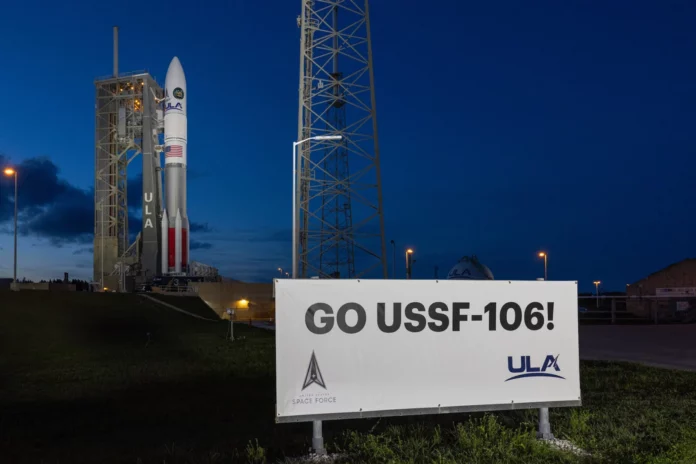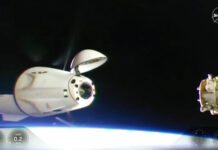United Launch Alliance (ULA) is preparing for a long-awaited return, resuming secret launches of payloads for the National Security Space Launch program using its heavy-lift Vulcan Centaur rocket.
The Vulcan rocket from ULA is scheduled to launch on Tuesday from Cape Canaveral during a one-hour launch window that opens at 7:59 p.m. Eastern Time, marking the first flight of this vehicle under the US Space Force’s national security program. It took several years to develop the rocket, which has now reached this stage, and its debut was further delayed due to an anomaly in the rocket booster during its second certification flight last year. Tuesday’s mission is an important step for ULA as the company returns to the secretive launch business with a new rocket and has a lot to prove.
The launch will be broadcast live on the company’s YouTube channel, and you can also watch it using the link below.
The 200-foot (60-meter) rocket will launch an experimental navigation satellite developed by the US Air Force Research Laboratory, called NTS-3, into geostationary orbit, as well as a second secret payload that has not been disclosed. “We will not comment on anything other than NTS-3 as part of the mission,” US Space Force Colonel Jim Horn told reporters on Monday, according to Payload.
ULA received certification for launches in the national interest after two test flights last year. The first launch went smoothly, but the second rocket encountered difficulties. Approximately 35 seconds after launch, smoke began to emerge from one of the two boosters. The primary goal of the mission was to collect data for Vulcan certification; the rocket carried a massive simulator (dummy payload) and other instruments. Since there were no paying passengers on board Vulcan, ULA covered all launch costs.
An anomaly in the launch vehicle that occurred in October 2024 led to months of delays before Space Force finally gave ULA the green light to launch its payload. “We conducted several full-scale static tests, comprehensive analysis, and modeling to launch the rocket [on Tuesday] with an acceptable level of risk,” Horn said, according to Spaceflight Now. “So, this is a process we had to go through in preparation for this mission, and we did that through our mission-specific certification process.” The vehicle was certified in March, and then the Space Force conducted a mission-specific risk analysis before deciding on a launch date, Horn added.
Over the past few years, SpaceX has been the primary launch service provider for classified Space Force missions. Now that Vulcan has joined them, the Space Force can rest easy knowing that access to space is provided by two companies rather than one.
Vulcan is primarily a single-use heavy-lift launch vehicle, first developed in 2006, with design elements similar to its predecessors: ULA’s Atlas V and Delta IV rockets. It can deliver up to 25.8 metric tons to low Earth orbit (LEO) and 7 metric tons to geostationary orbit (GEO). For comparison, SpaceX’s Falcon Heavy can lift up to 64 metric tons to LEO and 9 metric tons directly to GEO. ULA plans to conduct nine missions this year and finally begin work on eliminating some of the delays with national security payloads that are to be launched on Vulcan.









